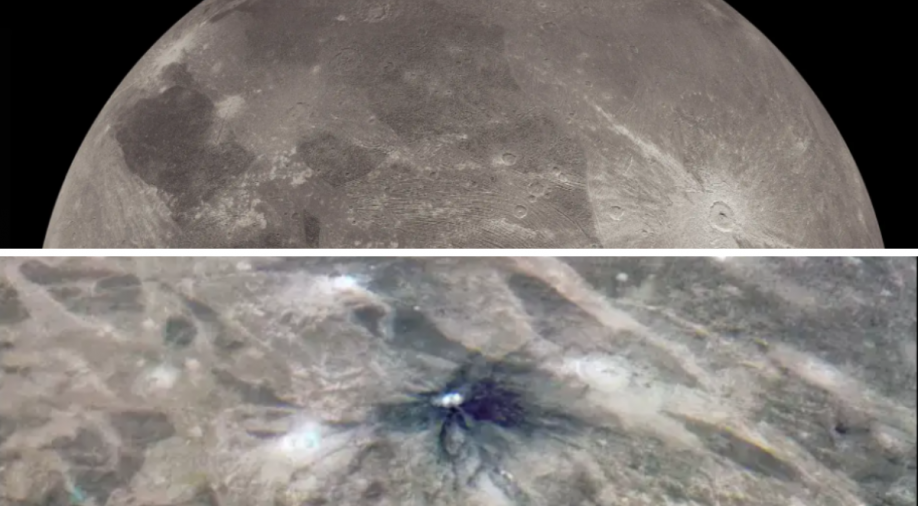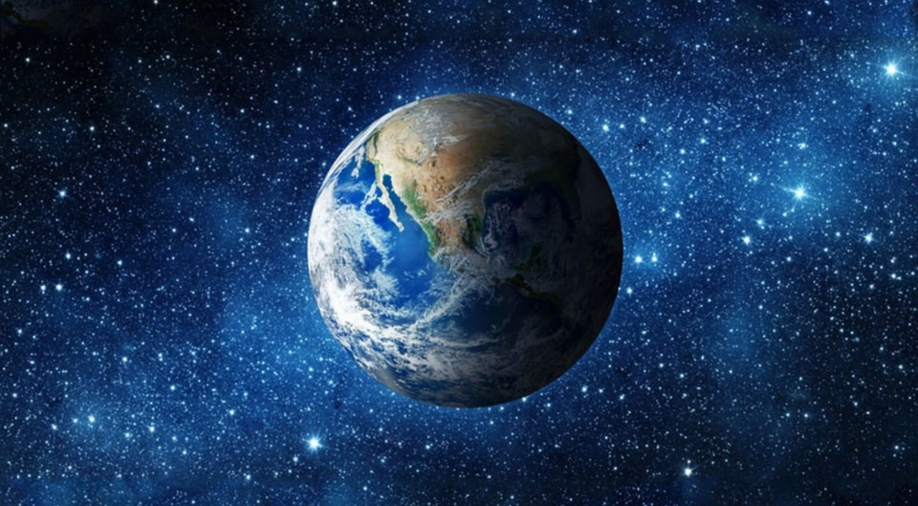Researchers have come up with a theory about the mysterious, dense, continent-sized blobs of material, which are buried deep under Earth’s mantle some 2,900 kilometres down.
If this hypothesis is correct or in the right direction, the scientists could solve a mystery that intrigued scientists for more than a decade as this research tells a lot about the two giant blobs buried deep inside Earth’s mantle — beneath Africa and the Pacific Ocean.
In a study published on Wednesday (Nov 1) in the journal Nature, researchers have said that the blobs may be remnants of a planet which slammed into Earth in the early solar system.
trending now
When the so-called planet smacked into the Earth, it produced a shower of debris that formed the Moon.
The smashing of the planet into Earth is an old theory, as previous studies have mentioned that planet-sized object Theia with Earth around 4.5 billion years ago.
Some of the ejected debris gathered to form the Moon. And in a study titled, “Moon-forming impactor as a source of Earth’s basal mantle anomalies”, researchers from China, the United States, and the United Kingdom have found evidence which suggests that chunks of Theia ended up inside Earth.
The researchers – including Dr Qian Yuan at the California Institute of Technology in Pasadena and Prof Hongping Deng at the Shanghai Astronomical Observatory, part of the Chinese Academy of Sciences.
Researchers said in the study that the seismic images of Earth’s interior have revealed two continent-sized anomalies with low seismic velocities, known as the large low-velocity provinces (LLVPs), in the lowermost mantle.
To carry out the study, the researchers used computer simulations of the giant impact and convection currents inside Earth.
As quoted by Science Alert, Hongping Deng of the Shanghai Astronomical Observatory (SHAO) of the Chinese Academy of Sciences, said: “Our findings challenge the traditional notion that the giant impact led to the homogenization of the early Earth.”
“Instead, the Moon-forming giant impact appears to be the origin of the early mantle’s heterogeneity and marks the starting point for the Earth’s geological evolution over the course of 4.5 billion years,” Hongping added.
The study noted that the LLVPs are often interpreted as “intrinsically dense heterogeneities” that are “compositionally distinct from the surrounding mantle”.
The researchers have shown that LLVPs may represent buried relics of Theia mantle material that was preserved in proto-Earth’s mantle after the Moon-forming giant impact.
)
)
)
)
)
)
)
)
)
)
)
)
)
)